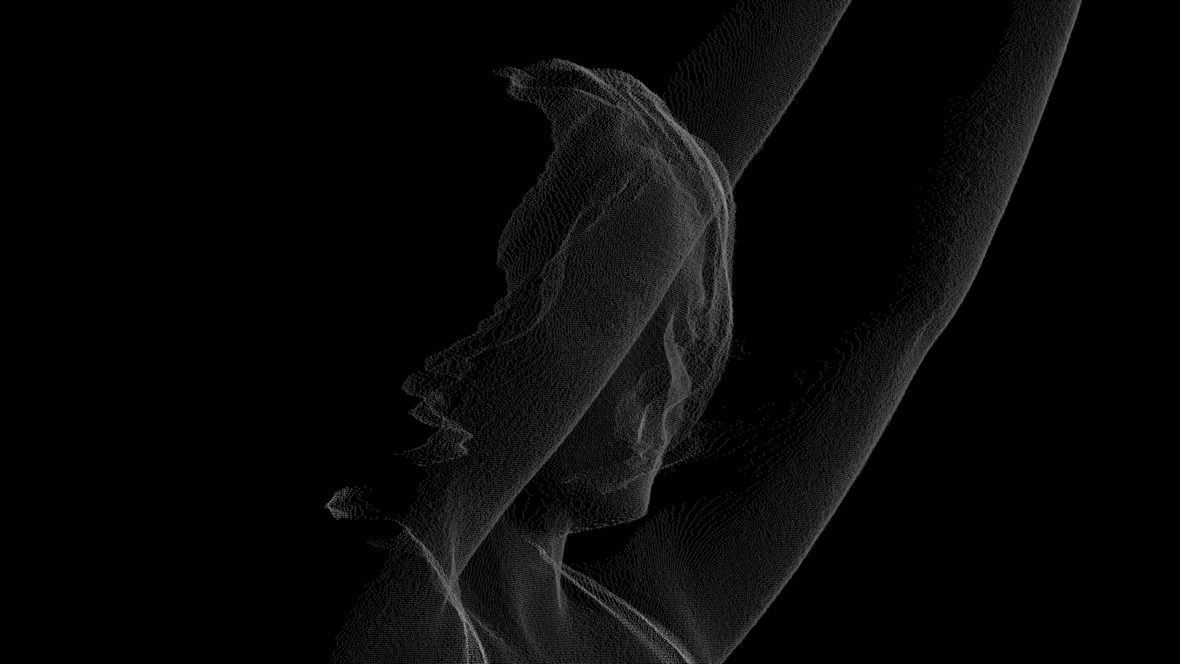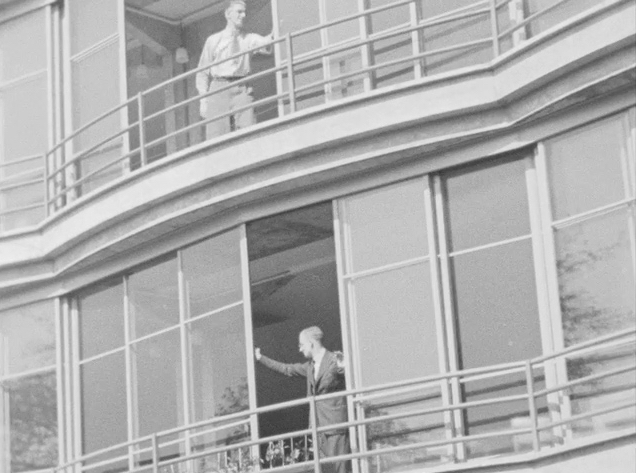Exploring the role of creativity in psychedelics to break the network of stigma and ignorance

Today, we embark on a mind-expanding journey into the realm of psychedelics – a territory that holds promise for mental wellbeing, healing and liberation. This year the world of psychedelics is experiencing mycelial-like growth: legalisation in a number of US states has started to become a reality, the world’s largest psychedelics conference has just wrapped – boasting over 10,000 global attendees – and a whole network of emergent brands are (mindfully) vying for space as the market is tipped to reach $11.9 Billion by 2029.
This energy isn’t just contained to the psychonauts of the industry, but has grown into our inboxes, social feeds and consciousness through exposure in fashion, entertainment and even foods. It’s raising controversies, fuelling heated debates, challenging assumptions, and revealing new opportunities and hurdles that will need to be overcome.
At NewTerritory, where I am the creative director, we’ve been fortunate to partner with companies who are making the world of psychedelic therapy more accessible: by bringing this new wave of therapeutic brands to life, crafting future visual and verbal languages as they set about changing the conversation from recreation to mindful medicine.
Scientist’s findings on psilocybin, the enchanting compound found in certain mushrooms, are nothing short of revolutionary. Researchers believe that consuming it activates the brain’s serotonin receptors, reducing the energy needed to switch between different activity states, increasing the brain’s neuroplasticity, disrupting rigid patterns of thought, and offering a fresh lens through which to view the world.
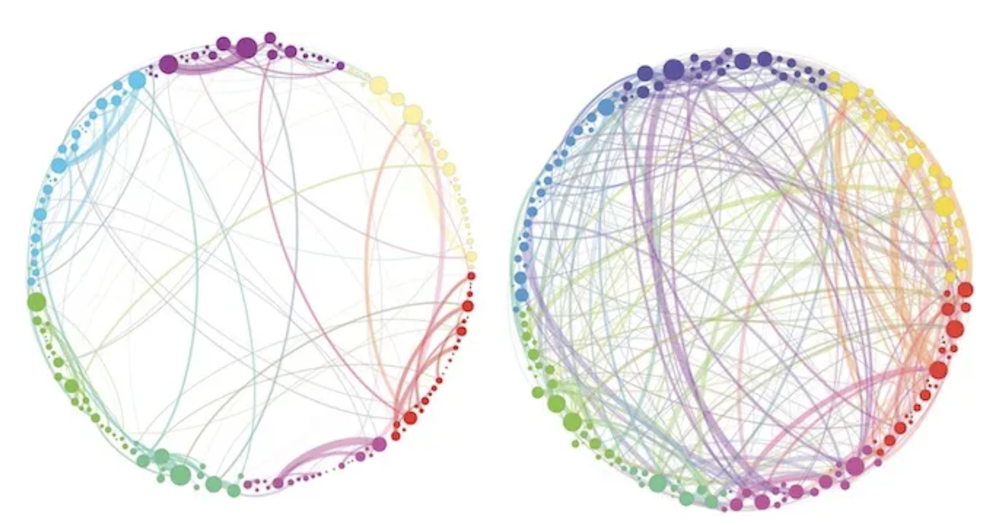
The effect is often characterised as being open to new thoughts, perspectives or solutions to previously unsolvable challenges. For those suffering from anxiety, depression, addiction or chronic OCD, psilocybin-assisted therapy could offer a glimmer of hope, unlocking the potential for profound and lasting positive change.
From our time working with clients in this space, we’ve identified three important steps that will likely play a key part in the industry’s successes in its pursuit to improve access and promote acceptance.
The first is altering public perception. Education is an ally in dismantling the barriers of ignorance and stigma; we must disseminate accurate information intertwined with emotive, elegant storytelling. I mean, it’s a challenge to even pronounce psilocybin (silo-sy-bin), never mind spell it, so the industry needs to find ways to advance the language, dispel misconceptions and make open, evidence-based discussions easy and accessible to the many.
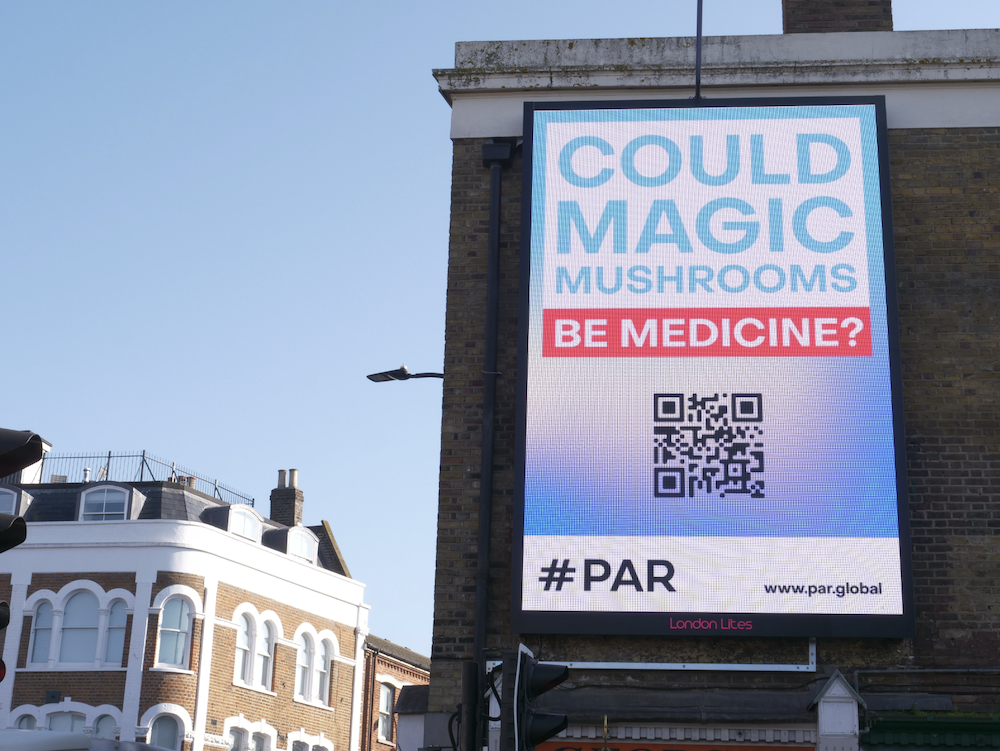
The second concerns fostering scientific advancement. Insights from our clients shows that the UK needs to pave the way for rigorous scientific research on psychedelics. That means continuing to invest in studies that explore their therapeutic potential – taking psychedelic research out of dark and putting it front and centre. Creativity plays a role here in the simple communication of any benefits, not just making bar charts beautiful, but telling meaningful stories, drawing people in and playing on their (rightful) curiosity. If a story is understandable and accessible, like those documented in the book, now turned Netflix docuseries ‘How to Change Your Mind’, the treatment of depression, addiction and OCD can be normalised, empowering researchers and clinicians to further unlock the full spectrum of psychedelic benefits.
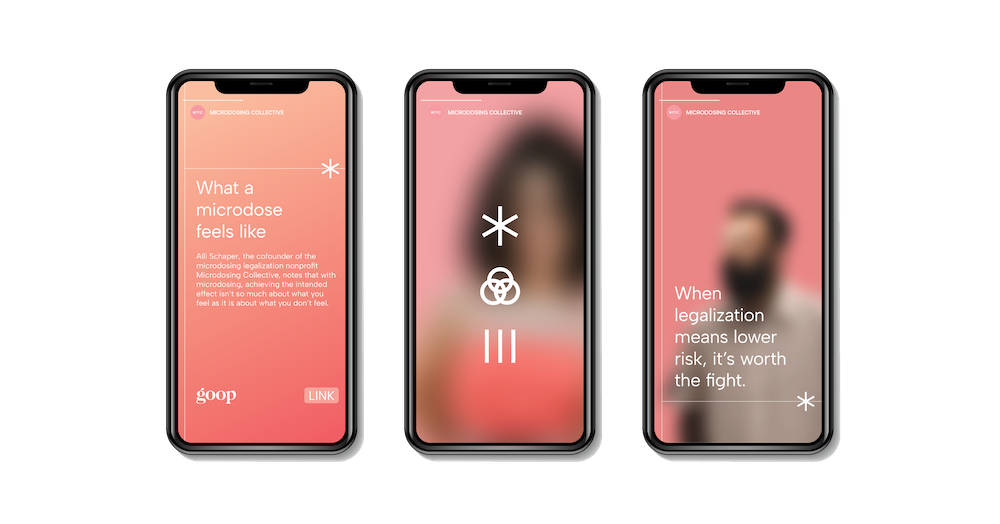
Intimately connected to this acceptance is a final and crucial step – advocating for policy reform. Public policy must catch up with the progress of scientific research. The industry needs policymakers to embrace a more rational and evidence-based approach. This is beginning to happen slowly, and from 1 July 2023 Mind Medicine successfully lobbied the Australian government with the support and guidance of David Nutt. His former expertise as a scientist and government advisor has helped to enable medicines containing psilocybin and MDMA to be prescribed by authorised psychiatrists for the treatment of mental health conditions.
Prior to this in November 2022, the U.S. non-profit Multidisciplinary Association for Psychedelic Studies (MAPS) announced that it had completed a second phase-three trial on MDMA as a treatment for PTSD – a step widely seen as the last hurdle to clear before applying for approval from the U.S. Food and Drug Administration (FDA). Should the FDA approve MDMA and psilocybin therapy, then under a new reciprocal approach announced by the UK government, these treatments could also become accessible in Britain.
Our trip into the realm of psychedelics asks us to step beyond the confines of conventional thinking and embrace a new paradigm of exploration. Ultimately, our role as designers and creatives is to support the communication of this complex topic – to allow people to be better informed, tell the stories of real people in an emotive and captivating way, all while fostering confidence in decision making and empowerment to treat and heal those who need it most.



